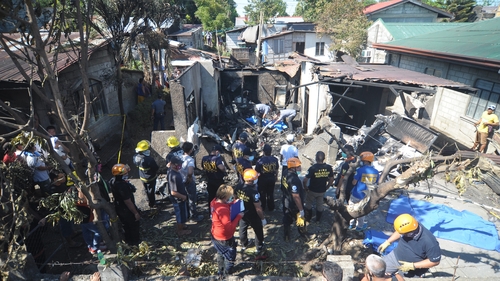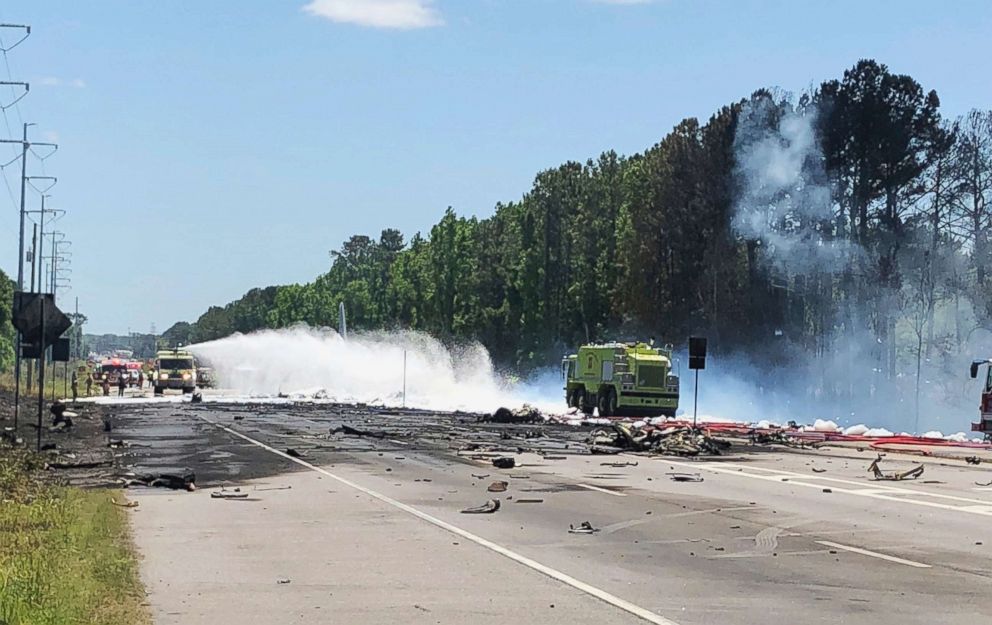

"Of course you assumed it's a GPS and it was a GPS," she said. That night Diana and her friend opened up the doll and found a small black box crudely taped to the underside of a motor that drove the doll's movement and sound. "I was sitting there and had a friend with me at the hearing and we were just looking at each other just panicking." "At the hearing again he said 'What does it matter that I know where you live?' and then he said a location very close to where I lived," she said. Then the same thing happened at a court hearing.

The refuge told her to move immediately but could not find a spare bed in Brisbane so Diana moved in with a friend. "I was absolutely freaked out and didn't know what to do." "I said, 'you shouldn't know where I live' to which he said 'you live at this-and-this address', which is the exact address of the refuge," she said. Later, at a medical appointment for their daughter, Diana's ex offered to drive the pair home. "I was told she needs that doll and even though she doesn't like it she still wants to have it everywhere with her and I'm like 'okay, what's the point if she doesn't like it' but we were stuck with the doll." "He came with a backpack to the changeover and there was a doll in the backpack," she said. One woman, Diana (not her real name), experienced it first hand after meeting her ex-partner on an access visit for their young daughter. Support workers say victims now face the grim realisation they may always have to look over their shoulders thanks to the array of tracking technology that is cheaply and easily available. Refuges that house victims of domestic violence are increasingly being discovered by perpetrators using "stalker apps" and GPS locators hidden in their victim's phones, cars and in one case, a child's stuffed toy.


 0 kommentar(er)
0 kommentar(er)
